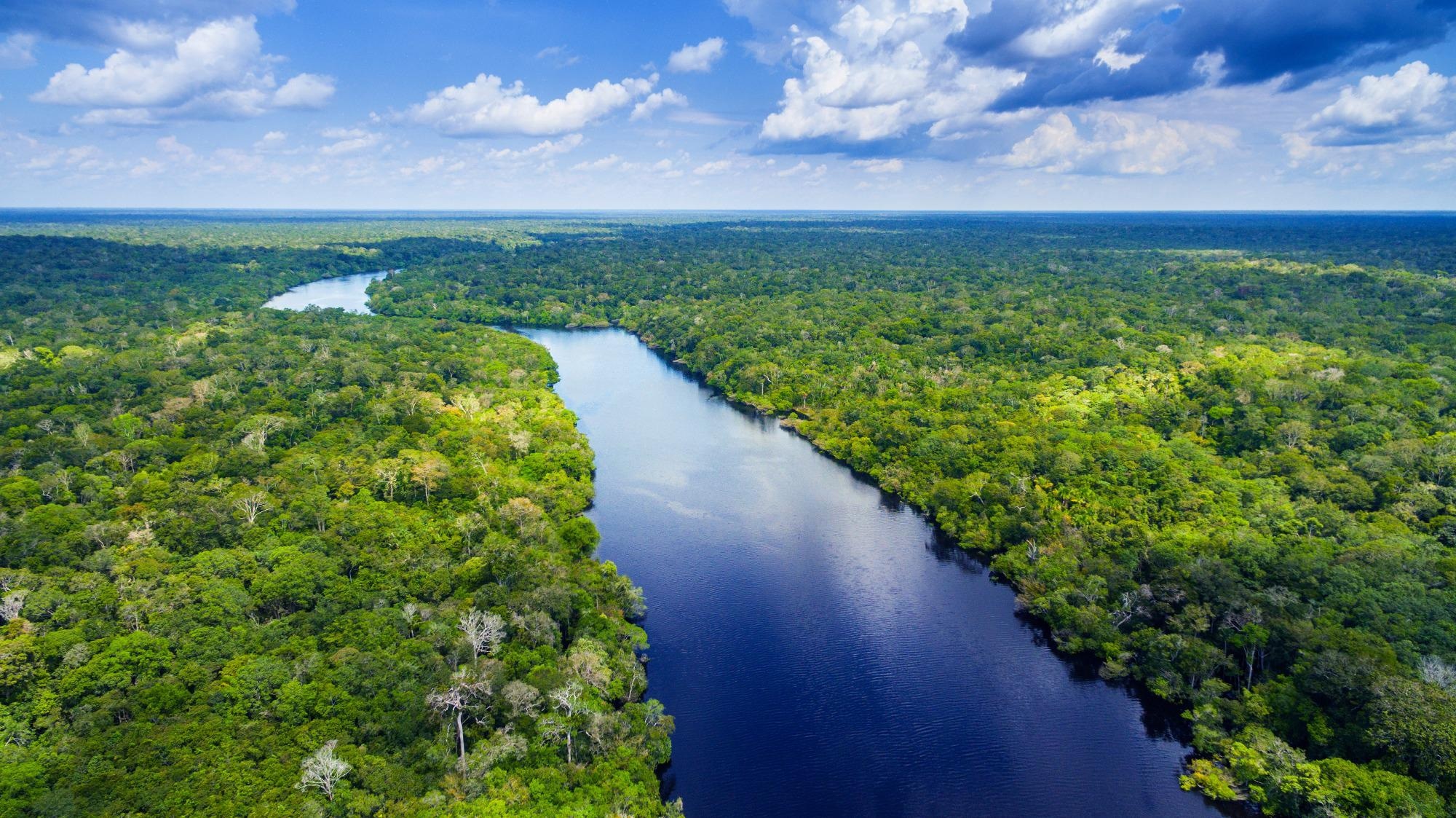May 25 2021
A new study has proposed that the effects of climate change experienced in the Amazon rainforest before the arrival of European settlers after 1492 might have implied that populations of indigenous people were already declining before the 'Great Dying.'

Image Credit: shutterstock.com/worldclassphoto
Researchers investigating charcoal data and fossil pollen collected throughout the Amazon stated that it seems to demonstrate that human management of the rainforest might have peaked close to 1200 AD, before a few sites were abandoned, thus enabling reforestation of such regions.
The new study, which involved researchers from the University of Reading and was published in the journal Science, contends the previous assumption that the biggest population decrease in the Americas—called the Great Dying—did not begin until European settlers transported new diseases to the continent.
Our analysis raises the possibility that climate change caused the decline of some Amazonian societies several centuries before the Europeans arrived, especially the more complex societies which may have been too rigid to adapt.
Frank Mayle, Study Co-Author, Professor, and Tropical Palaeoecology Researcher, University of Reading
Mayle continued, “Although the introduction of European diseases, such as small pox, is still likely to have been the reason for the major population decline subsequently seen in the Americas, the research is a warning of the threat climate change poses to society.”
“Knowledge of how different types of ancient society responded to past climate change may provide valuable clues to understanding the fate of today’s diverse societies under 21st century global warming,” added Mayle.
The study was headed by Professor Mark Bush at Florida Tech and consisted of a group of international collaborators who are examining how pre- and post-European people altered and controlled Amazonian forests.
Examination of fossilized charcoal and pollen showed that several earlier deforested lands have been recovering for more than 800 years, instead of the 400 years previously reported. This signifies a pre-European population fall. Currently, the research group is looking to evaluate the drivers and mechanisms of this population decrease.
Determining signatures of primary forest re-growth after ancient human disturbance is essential to current discussions regarding the impact of Pre-Columbian people on Amazon rainforests and the degree to which modern forests display legacies of past human activity.
This study has impacts on atmospheric and biosphere science.
It was earlier thought that the indigenous population fall in Amazonia following European Contact, and subsequent reforestation, resulted in the sequestration of a high amount of carbon dioxide that global atmospheric CO2 levels reduced markedly, an event called the 'Orbis Spike.' But the group found no proof that the Orbis Spike was caused due to the Amazonian reforestation.
The study was financially supported by grants from the National Geographic Society, the National Science Foundation in the United States and the European Research Council, and the Natural Environment Research Council in the United Kingdom.
Journal Reference:
Bush, M. B., et al. (2021) Widespread reforestation before European influence on Amazonia. Science. doi.org/10.1126/science.abf3870.